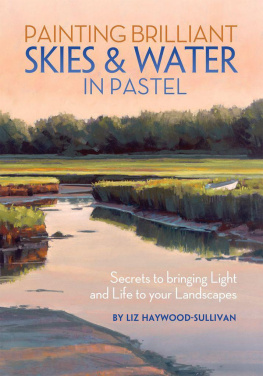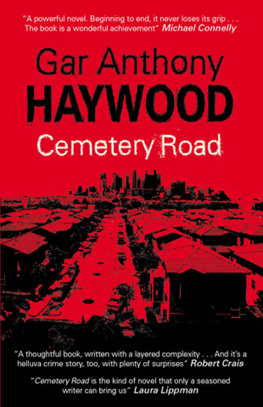BIGBILL HAYWOOD
The Autobiography of William D. Haywood
WILLIAM D. HAYWOOD
Coverand kindle version copyright 2015 by NightHawk Books, Steve W. Chadde, Series Editor.
BigBill Haywood was originally publishedin 1929 as BillHaywoods Book by International Publishers Co., New York.
NightHawkBooks
BigBill Haywood is part of our collection of noir detective, mystery, biographies,and other largely forgotten books of dusty bookshelves but oftensurprisingly well-writtenand always entertaining! We hope youenjoy them as much as we enjoy making them available once again askindle ebooks.
Eachbook in the series is meticulously reviewed to ensure a qualityreading experience on your kindle device.
CONTENTS
s
1. Boyhood Among the Mormons
My father was of an old Americanfamily, so American that if traced back it would probably run to thePuritan bigots or the cavalier pirates. Neither case would give mereason for pride. He was born near Columbus, Ohio, and with hisparents migrated to Iowa, where they lived at Fairfield. His brotherand cousins were soldiers in the Civil War; all of them were killedor wounded. My father, when a boy, made his way across the prairiesto the West. He was a pony express rider. There was no railroadacross the country then and letters were carried by the Pony Express,which ran in relays, the riders going at full speed from camp to campacross the prairies, desert and mountains from St. Jo, Missouri, toSan Francisco on the Pacific coast.
My mother, of Scotch-Irish parentage, was born inSouth Africa. She embarked with her family at Cape of Good Hope forthe shores of America. They had disposed of everything, pulled up bythe roots, and left her birthplace to make their way to California.The gold excitement had reached the furthest corners of the earth.People without the slightest knowledge of what they would have tocontend with were leaving for the West. There were no palatialsteamships in those days; it meant months of dreary, dangerous voyagein a sailing vessel. The danger was not past when they landed inport; there was still the train ride of eighteen hundred miles, andthen the long trip across the plains and mountains in covered wagonsdrawn by oxen. There was the constant dread of accident, of sickness,and of the hostile Indians, red men who had been forced inself-protection to resent the encroachment of the whites.
On the way across the prairies, my uncle, then asmall boy, was lost. The family did not know what had become of him.They searched the long wagon-train in vain. He was in none of theprairie schooners, he was not among the stock drivers who drove theextra oxen, cows and mules. The train could not stop and one familycould not drop behind alone to search the boundless prairies. Theygave him up for lost and went on with the wagon train, grieving forhim. When they pulled down Emigrant Canyon, they saw the beautifulSalt Lake Valley. The dead sea, Great Salt Lake, spread out in frontof them. To the right lay the new city of Zion, which had beenfounded by the Mormons in 1847. Here the family abandoned thewagon-train because of sickness and had to wait for the trainfollowing, with the hope that my uncle had been picked up and broughtalong. It was but a few days after their arrival that my grandmother,walking along the street, saw her son with a basket of apples on hisarm. She gathered him up, apples and all, and took him home to hissisters. He had gone with the train ahead and had reached the city aweek or two earlier.
My grandmother started a boarding house in SaltLake City. My father boarded there and met my mother. He was then avery young man; when they married, he was about twenty-two and mymother was a girl of fifteen. I was born on the fourth of February,1869, before a railroad spanned the continent.
I have but one remembrance of my father. It was onmy third birthday. He took me from the house and set me up on a highboard fence, which he climbed over, lifting me down on the otherside. We went through an alley-way to Main Street, then to a storewhere he bought me a new velvet suit, my first pants. We called onmany of his friends on the way home, and I was loaded with money,oranges and candy. My father died shortly afterward at a place calledCamp Floyd, now known as Mercur. When my mother learned of hisillness she started for Camp Floyd, taking me with her, but beforeher arrival he had died of pneumonia and was buried. When we visitedhis grave, I remember digging down as far as my arm could reach.
Salt Lake City is built in a bend of the Wasatchrange. To the east the mountains rise high and stark, to the north isEnsign Peak, near the top of which is a tiny cave that has beenexplored by all the adventurous youngsters of the town. To thesouthwest, in the Oquirrh Mountains, lies much of the wealth of Utah.Here are the mining camps of Stockton, Ophir, Mercur, and BinghamCanyon, where is the great Utah copper mine. To the immediate west isthe Great Salt Lake, whose waters are so dense with salt that noanimal life can survive.
On the islands in the Salt Lake are nests ofthousands of seagulls, which are sacred in Utah because of the factthat during a plague of grasshoppers the gulls fed upon the pests,eating millions. They would swallow as many grasshoppers as theycould hold, then spew them up and swallow more, and in this way thesea-gulls helped to save a part of the farmers crop, the totalloss of which would have meant starvation for the Mormons.
Salt Lake valley is threaded by the Jordan River,and to the north are warm and hot springs. The grandeur of thescenery and the beauty of the city itself were counteracted by thebad feeling generated by the Mormon Church. Especially was this trueduring my boyhood days, when the atmosphere was still charged withthe Mountain Meadow Massacre, the destruction of the Aiken party, andthe threats of the Mormons against the Apostates. These threats werethundered from the lips of Brigham Young, Hyde, Pratt, and otherchurch officials. Of course, they did not make the impression on methat they did on older people, though I remember distinctly some ofthe features of the trial of John D. Lee, who was a leader of theMormons and Indians who killed nearly a hundred and fifty men, womenand children at Mountain Meadow. The massacre occurred after Lee hadgot the emigrants to surrender their arms. Lee himself and otherMormons had a bitter hatred against these particular emigrants, whowere from Arkansas and Missouri, where the so-called Mormon prophet,Joseph Smith, and his brother Hyrum had been murdered in the jail atCarthage, Missouri. I remember seeing a picture of John D. Leesitting upon his coffin before he was executed at Mountain Meadow.The laws of Utah Territory provided that when a man was sentenced hecould take his choice of the means of execution, either shooting orhanging. John D. Lee chose shooting, and was taken from the countyseat where he was tried, to Mountain Meadow, the scene of his crime,which undoubtedly had been instigated by others higher in authority.But twenty years passed by between the massacre and the execution in1877.
It was at about this time that I first saw BrighamYoung, the president of the Mormon Church, on the street, although Ihad seen him before in the Tabernacle, and had heard him deliver hisvigorous sermons against apostasy. A short time later he died,supposedly from eating green corn; but rumors were current that hehad poisoned himself. If these rumors were true, it was probablybecause of John D. Lees conviction and the demand on the partof the Gentiles, as all non-Mormons were called, for the arrest andtrial of Brigham Young in connection with the massacre, at the timeof which he had been governor of the Territory and United StatesIndian Agent. The Mormons had sensibly cultivated friendly relationswith the Indians, and they undoubtedly prevented the massacre ofanother party of emigrants who came through at about the same time.


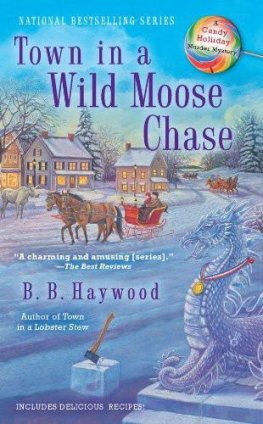


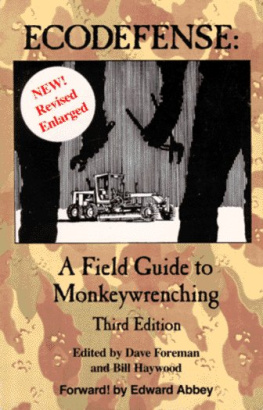
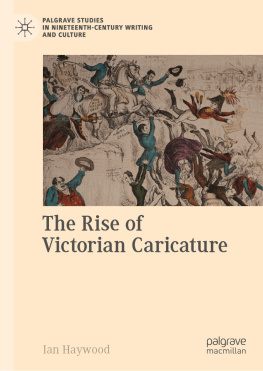

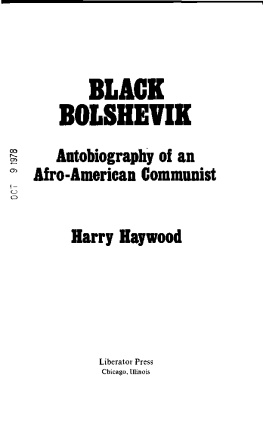
![Haywood - Viking: The Norse Warrior’s [Unofficial] Manual](/uploads/posts/book/98981/thumbs/haywood-viking-the-norse-warrior-s.jpg)
